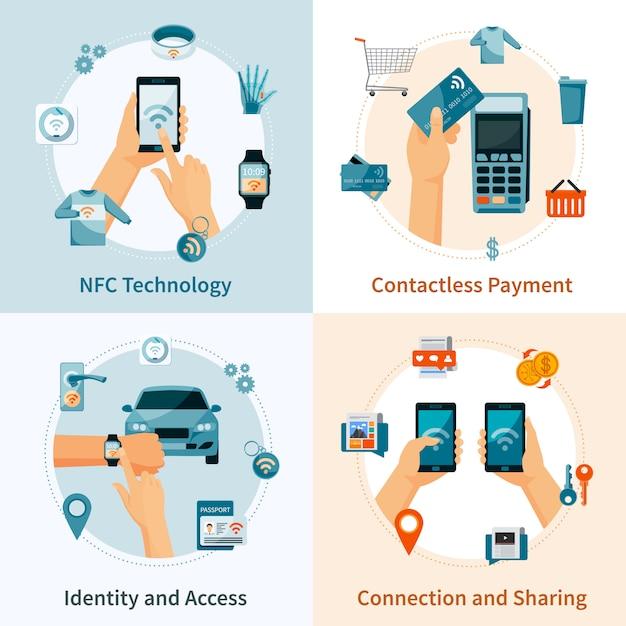
NFC is a near-field communication (NFC) standard for Near Field Communication that was first released in early 2009. The NFC industry has grown rapidly over the last few years, with NFC being used to make mobile payments, transfer data between devices and services, and perform other functions. Today, it’s also common to see NFC tags attached to goods and services so customers can pay for them directly from their mobile phone or tablet while they wait in line at a store or restaurant. These uses of NFC help make it one of the most popular standards in the industry. But not every application will benefit from NFC technology right away — until now! In this blog post, we’ll discuss how NFC security is used by businesses to keep their supply chain information safe and track inventory efficiently without slowing down checkout process times or distracting customers.
What is NFC Security?
NFC is a radio frequency technology that can be used to communicate with each other and with devices that are close by. It’s like a transmission over an open air space — very low power, about one-tenth the power of WiFi, and it’s fully secure because there’s no way for an eavesdropper to eavesdrop on the signal. Most NFC tags are Bluetooth enabled, which means they can communicate with any Bluetooth-enabled device. The tags also come with an embedded microcontroller that keeps track of the state of the connection, provides encryption when needed, and lets the device “see” the tag.
How NFC Security Works with NFC
If you have an NFC device, you’ll see a small “+” icon next to its name in the app whenever a connection is detected. This means that your phone has detected another phone using NFC and the two devices are communicating. Since the device you’re using has NFC capability, your phone can “see” the tag and transfer data with ease. Most of the communication between devices happens in the background, with the phone not even realizing that it’s communicating with another device. When you’re done using the device, you can simply “unsee” it and forget about it. The device will assume you didn’t notice it was “there” in the first place.
Tips to Secure Your Supply Chain with NFC
Before using NFC, ensure that your business follows these tips to make sure it’s as secure as possible: If possible, connect your equipment using a wired connection. Use an encrypted connection whenever possible. Turn off 2-step authentication on all your devices. Require a password or unique passcode for every account. Encrypt your data at rest and/or transport it in a zip format. Set up a data system that uses a firewall, antivirus, and a good firewatcher. Use good old-fashioned paper trail to link records and documents to devices. Vendor your software to an entirely separate server from your data systems. Don’t share computer and phone passwords or other sensitive data with coworkers or customers.
Conclusion
The NFC technology is one of the most popular standards in the industry. It’s been around for a while, with more than a decade of use, and it’s seen steady growth during that time. Now, with the release of Android Marshmallow, we have even more opportunities to use this technology. Marshmallow has been developed with security in mind, and with features such as proximity verification and encryption, it’s one of the most secure Android devices to date. With more than a dozen different vendors supporting the standard, it’s easy to find a solution that works best for your business. You can use NFC just about anywhere that technology exists — and really, it does. You can find an NFC tag almost anywhere, and with so many uses for this technology, there’s almost no chance of someone else using your tag. That’s probably why you own it.



